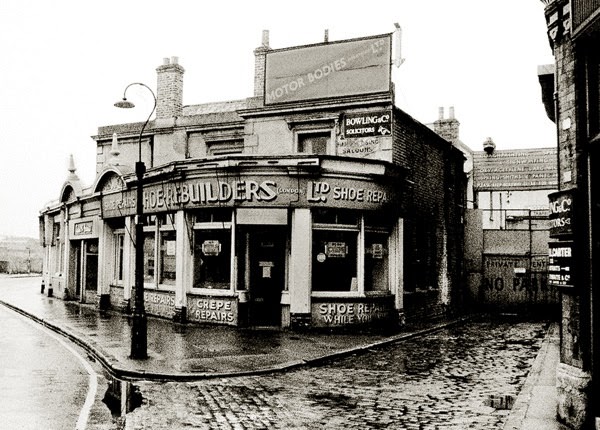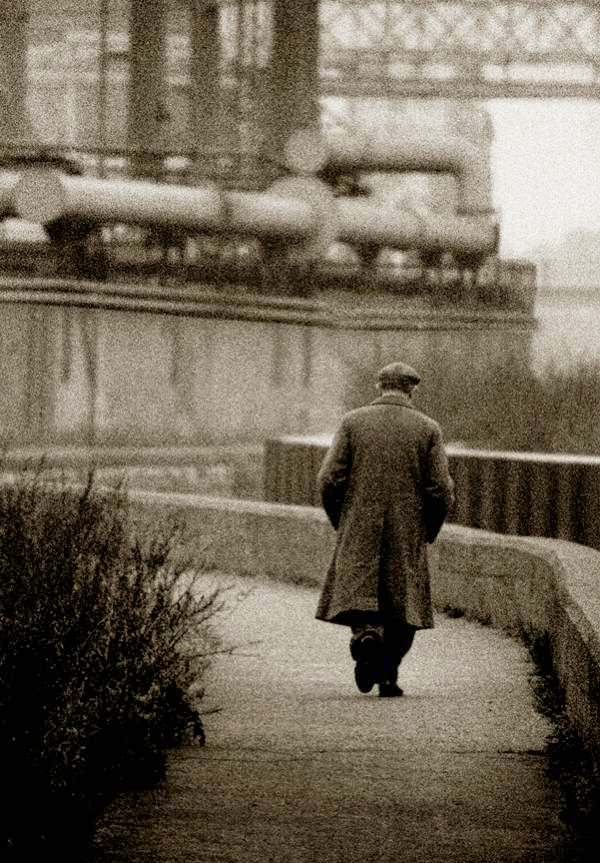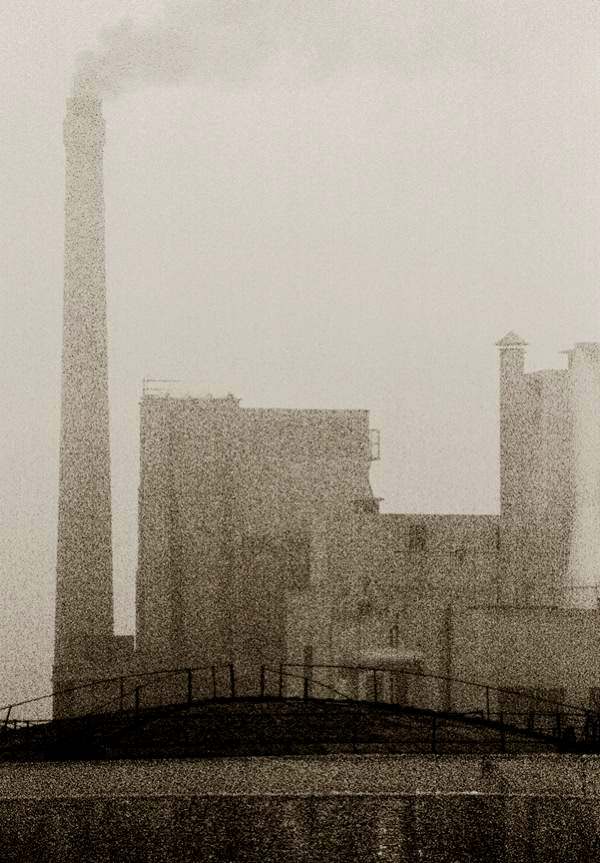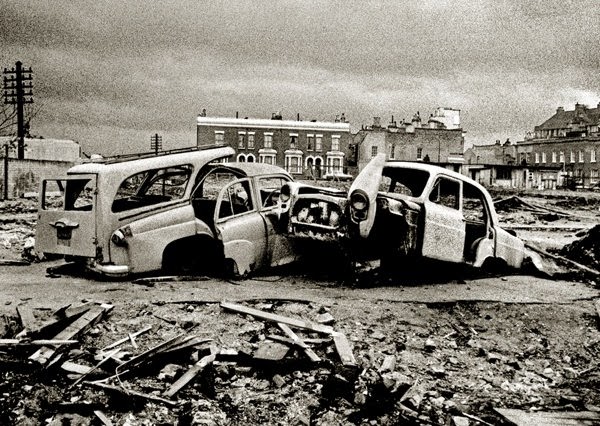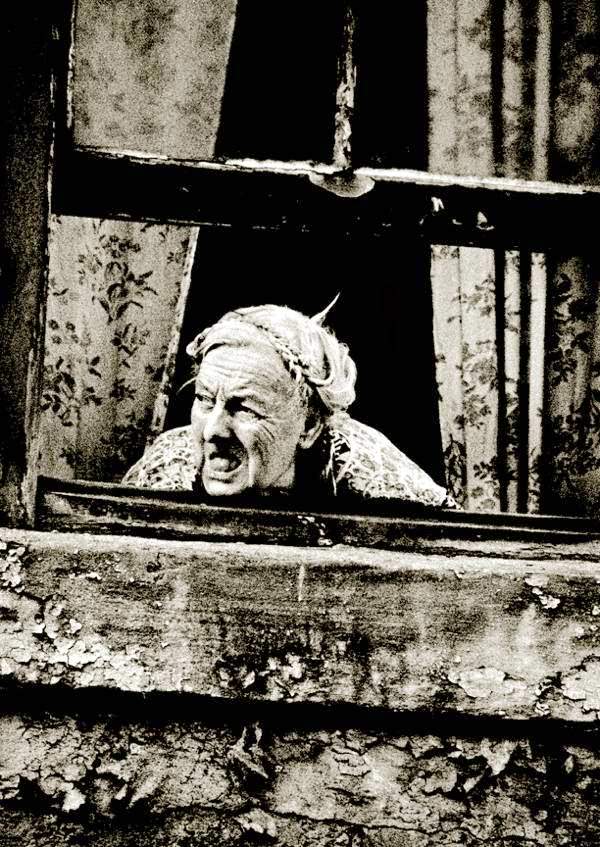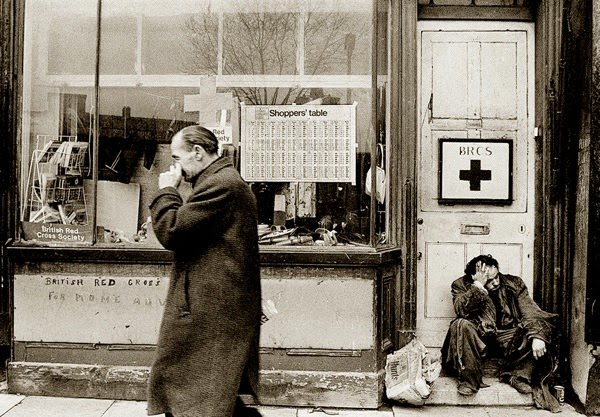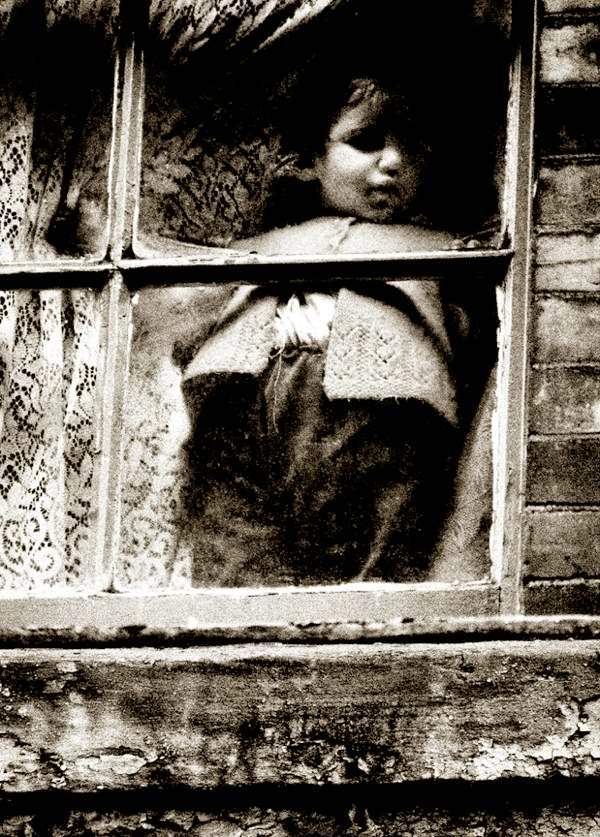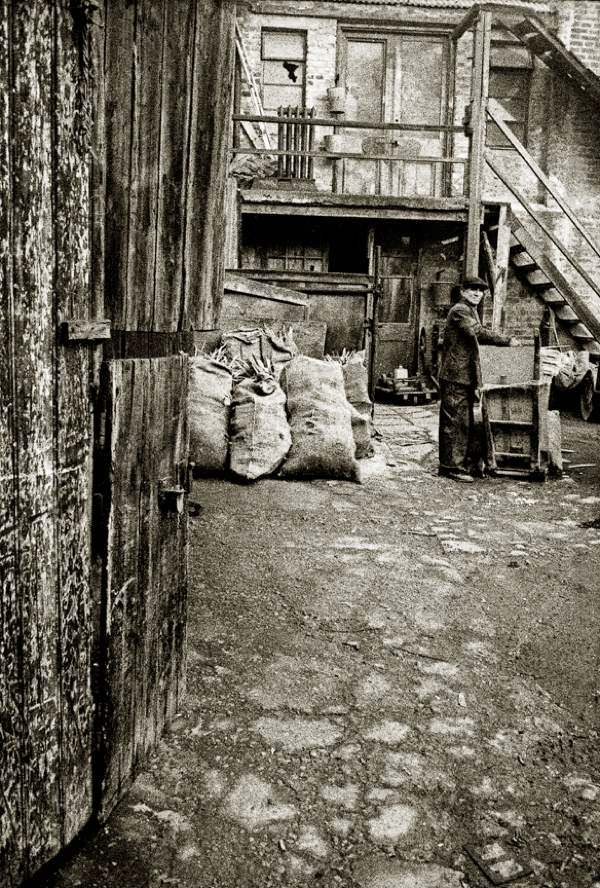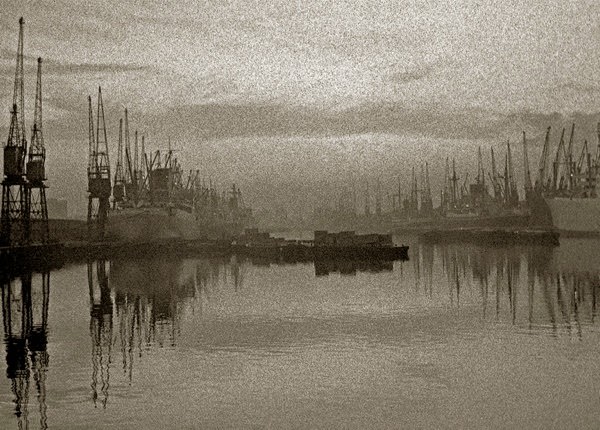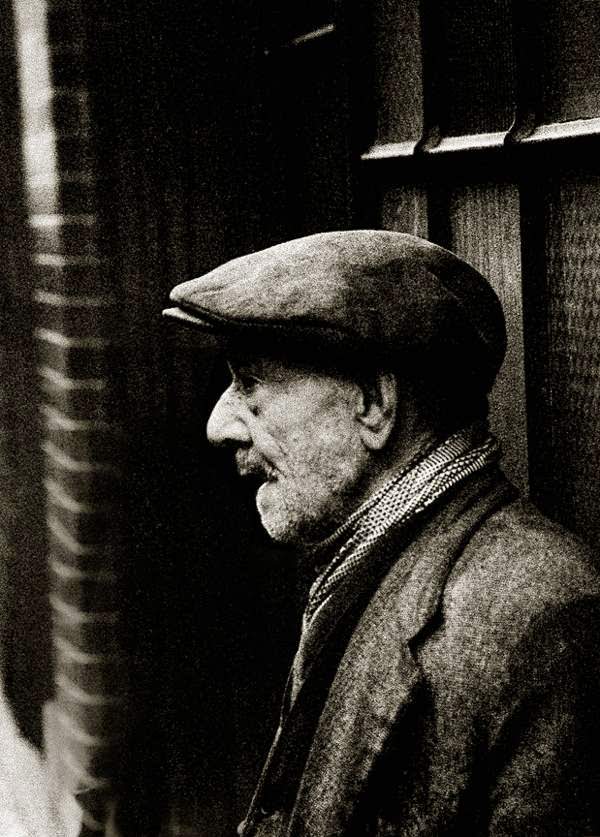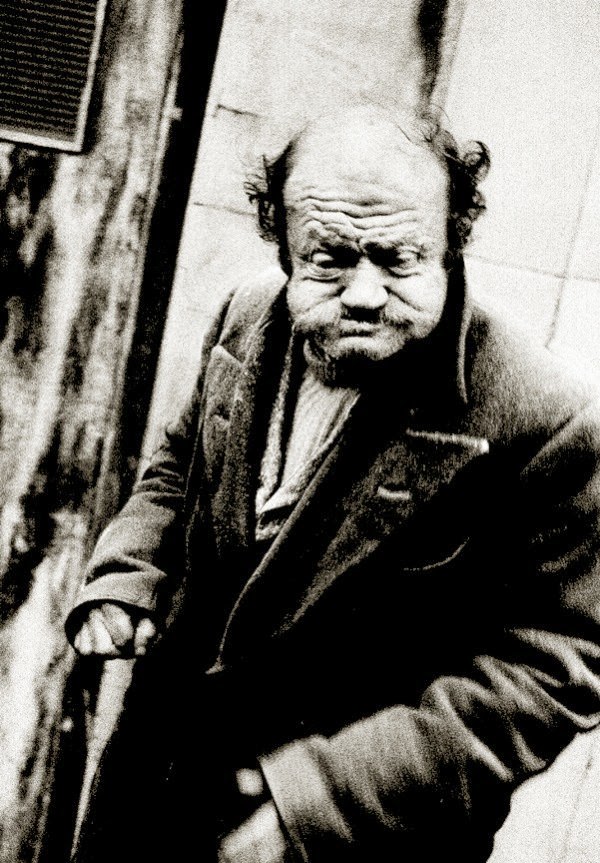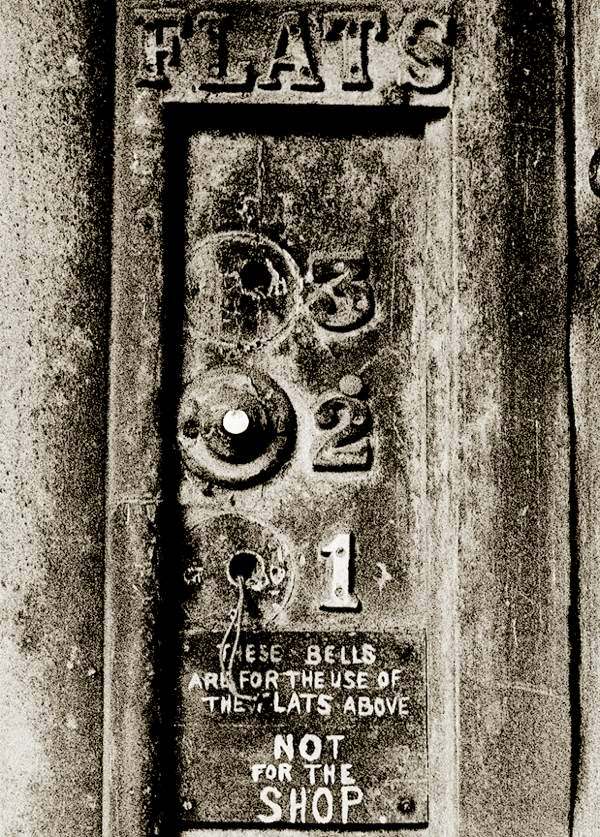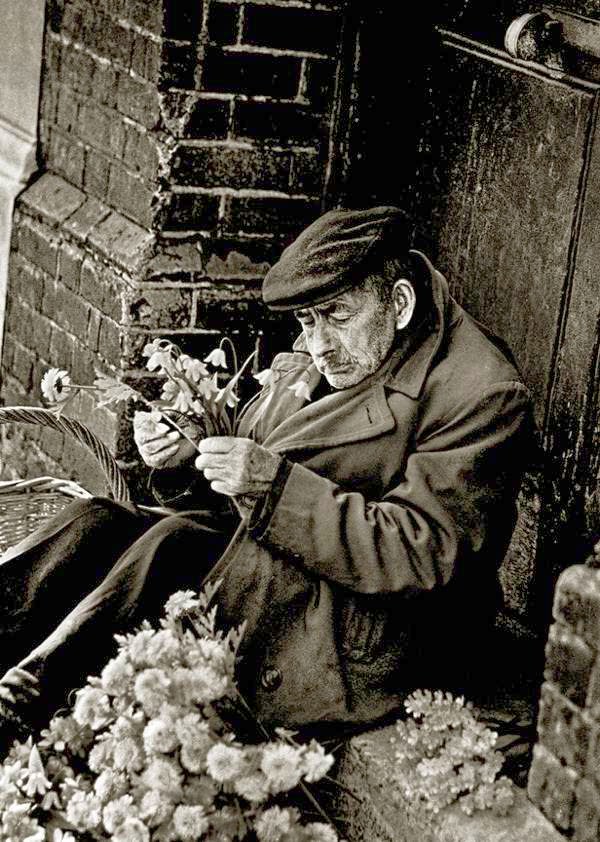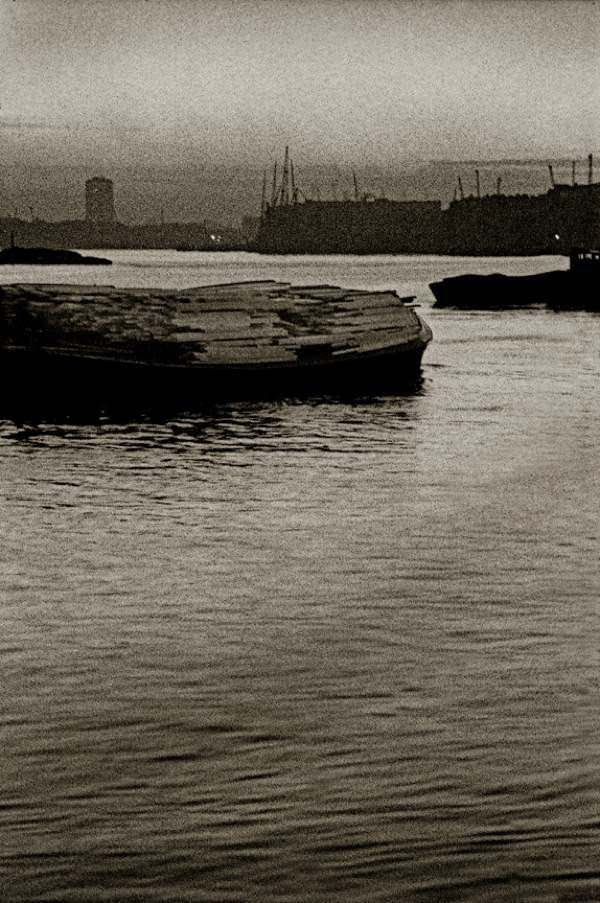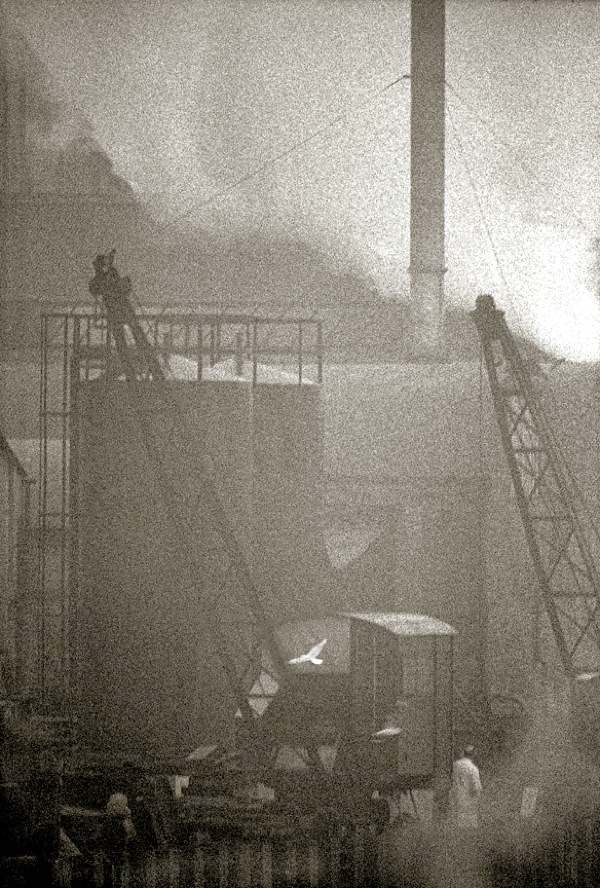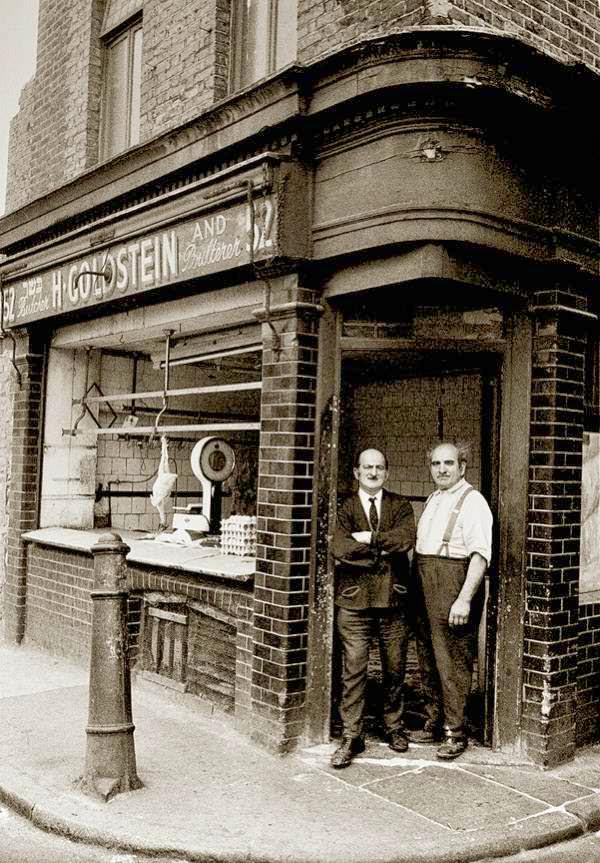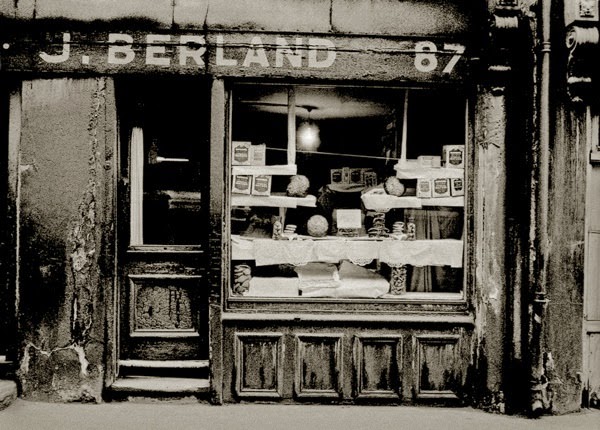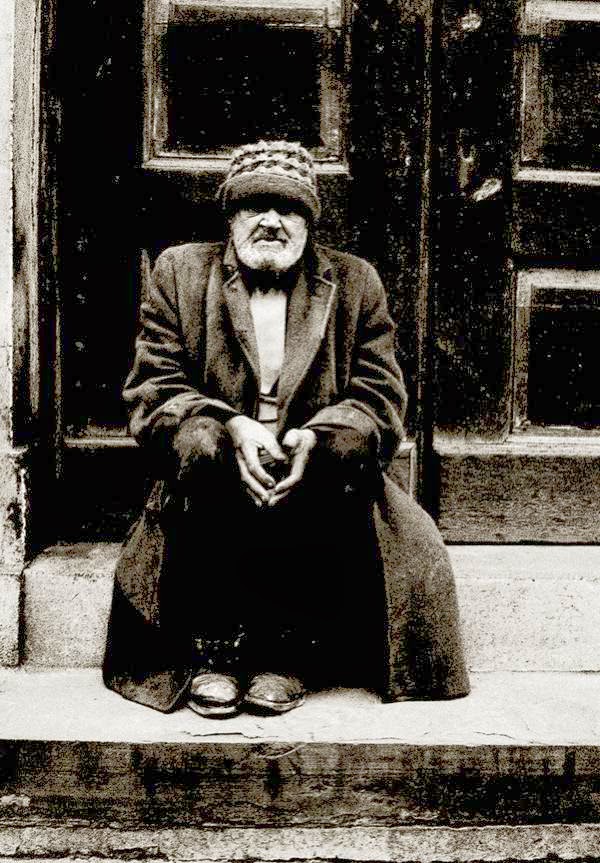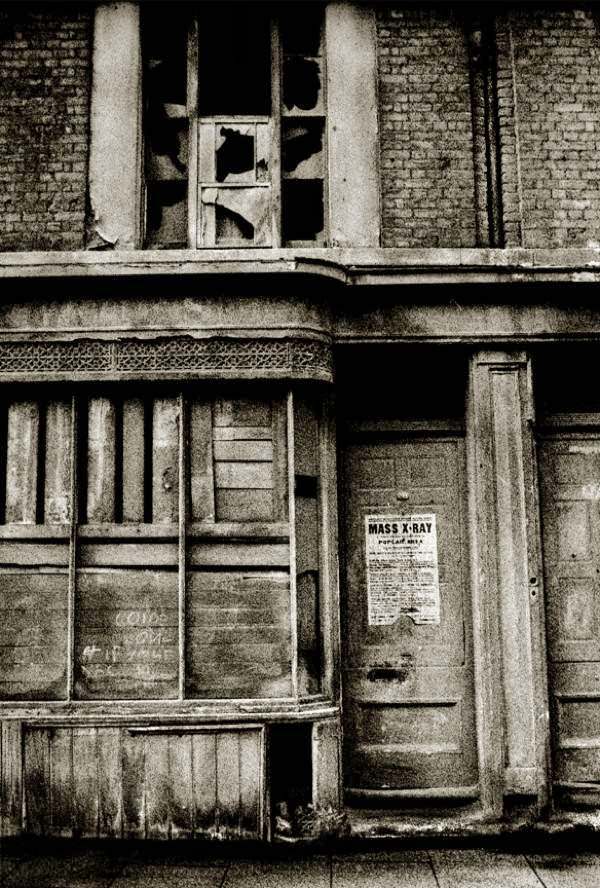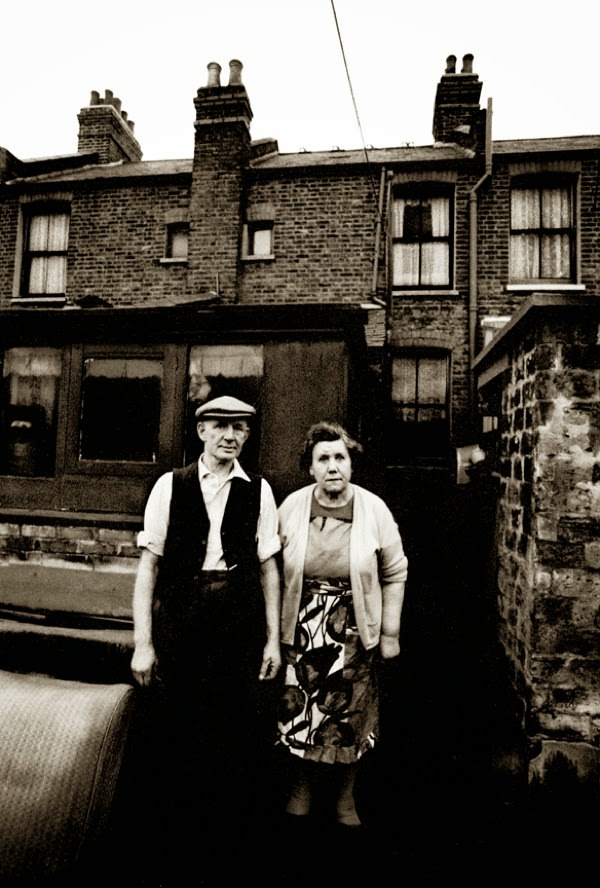The 1960s in London’s East End was a period of profound change. The area, still bearing the scars of World War II, was on the cusp of a transformation that would see its traditional industries decline and its tight-knit communities begin to scatter. It was this specific moment in time that was captured by photographer John Claridge, who grew up in Plaistow and documented the world he knew before it disappeared.
A Landscape of Terraces and Docks
The streets of the 1960s East End were lined with rows of brick terraced houses, often darkened by soot and the frequent London fog. These were close-knit neighborhoods where families had lived for generations. Life revolved around local institutions: the corner pub, the street market, and for many, the London Docks. The docks were the primary source of employment for men in the area. They worked as dockers, loading and unloading cargo from ships, a physically demanding job that defined the local identity. Women often worked as machinists in the clothing trade, a major industry in areas like Roman Road.
The air itself had a distinct quality. The combination of industrial pollution and coal smoke created dense fogs, or “smogs,” that could reduce visibility to just a few feet. This atmospheric haze softened the light and lent a moody, dramatic quality to the streets, a feature prominent in photographs from the era.
Read more
The People and Their Way of Life
The community in the East End was built on shared experience and resilience. Families lived in close proximity, and neighbors knew each other well. Children played freely in the streets, using the urban landscape as their playground. For entertainment, people went to funfairs, local cinemas, or boxing matches, a popular sport in the area.
The look of the people was practical and unpretentious. Men returning from the docks wore flat caps and heavy work coats. Women, on their way to or from the factories, were dressed in simple, durable clothing. The photographs taken by John Claridge capture the faces of this community with stark clarity, showing portraits of his neighbors, Mr. and Mrs. Jones, and other residents who embodied the character of the area. These were not images of swinging 60s London, but of a working-class world with its own distinct culture and codes.
A Period of Transition
The 1960s was the last decade of the East End’s old way of life. The shipping industry was beginning to change, with the development of containerization leading to the eventual closure of the London Docks in the following years. This would fundamentally alter the economic and social fabric of the community.
The physical landscape was also beginning to change. Post-war reconstruction efforts led to the demolition of some of the older terraced housing, which was replaced by modern high-rise council flats. While intended as an improvement, this shift also broke up the close street-level communities that had defined the East End for so long. The photographs from this time capture the final moments of this world, documenting the faces and places before they were altered forever by economic change and urban redevelopment.


